In the world of strength training, few movements isolate and activate the glutes as effectively as the cable kickback. But the effectiveness of this staple lower-body exercise often hinges on one underrated factor: the quality of your glute kickback cable attachment.
Whether you're training at home or in a commercial gym, choosing the right kickback attachment can significantly impact your comfort, range of motion, and ultimately, your results.
Why the Right Cable Kickback Attachment Matters
Cable kickbacks are designed to target the gluteus maximus and medius—the key muscles responsible for hip extension and shaping the backside. A poorly designed glute kickback attachment can limit your motion, strain your ankles or knees, or even cause muscle compensation from your lower back or hamstrings.
A good attachment provides:
-
Secure support without cutting into your ankle or heel
-
Adjustability for different ankle sizes or footwear
-
Comfortable padding to avoid bruising during heavier sets
-
Non-slip materials that stay in place during each rep
Common Types of Glute Kickback Attachments
When selecting a cable kickback attachment, you’ll typically come across these popular options:
1. Ankle Straps
The most common style—simple velcro straps with D-rings. They’re versatile and lightweight, but vary wildly in quality. Look for ones with double stitching, soft lining, and a wide surface area.
2. Boot-style Cuffs
These wrap around your foot and ankle, distributing weight more evenly than basic straps. They're ideal for heavier lifts or if you’ve experienced ankle discomfort before.
3. Heel Loop Attachments
These innovative designs hook around the back of the shoe or heel, allowing for a more natural foot motion and stronger glute engagement. They're especially useful if you feel limited by ankle-only straps.
My Personal Take on Kickback Attachments
As someone who transitioned from barbell-dominant training to more targeted cable work in my late 30s, I initially overlooked how much difference a good glute kickback attachment could make. My first few sessions using thin ankle straps left red marks and limited how far I could extend my leg. Eventually, I tried a padded, boot-style attachment—what a difference. Not only was the movement smoother, but I could load more weight without sacrificing form. Since then, it’s been a non-negotiable part of my glute days.
Tips for Better Cable Kickback Results
Even with the best equipment, form is everything. Keep these in mind:
-
Lean slightly forward and brace your core to avoid arching your lower back.
-
Control the motion on both the lift and the return to increase time under tension.
-
Avoid swinging—your glute should do the work, not momentum.
If you're working out at home, invest in a high-quality cable machine and a reliable kickback attachment. For gym-goers, consider bringing your own strap to ensure consistent comfort and cleanliness.
Final Thoughts
A solid glute kickback cable attachment isn’t just a fancy accessory—it’s an essential tool for building rounder, stronger glutes while protecting your joints. Whether you’re just starting your fitness journey or fine-tuning your leg day routine, upgrading your attachment can elevate the way you train.
Choose quality, focus on form, and let each kickback rep bring you one step closer to a stronger lower body.

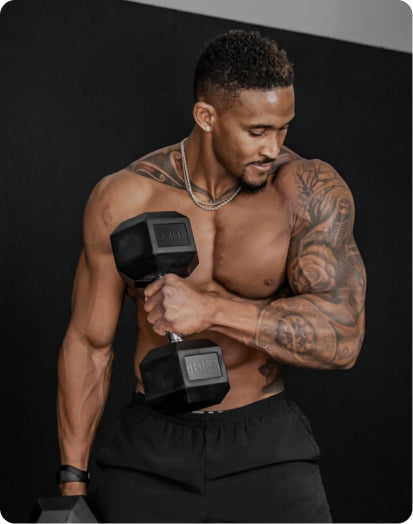
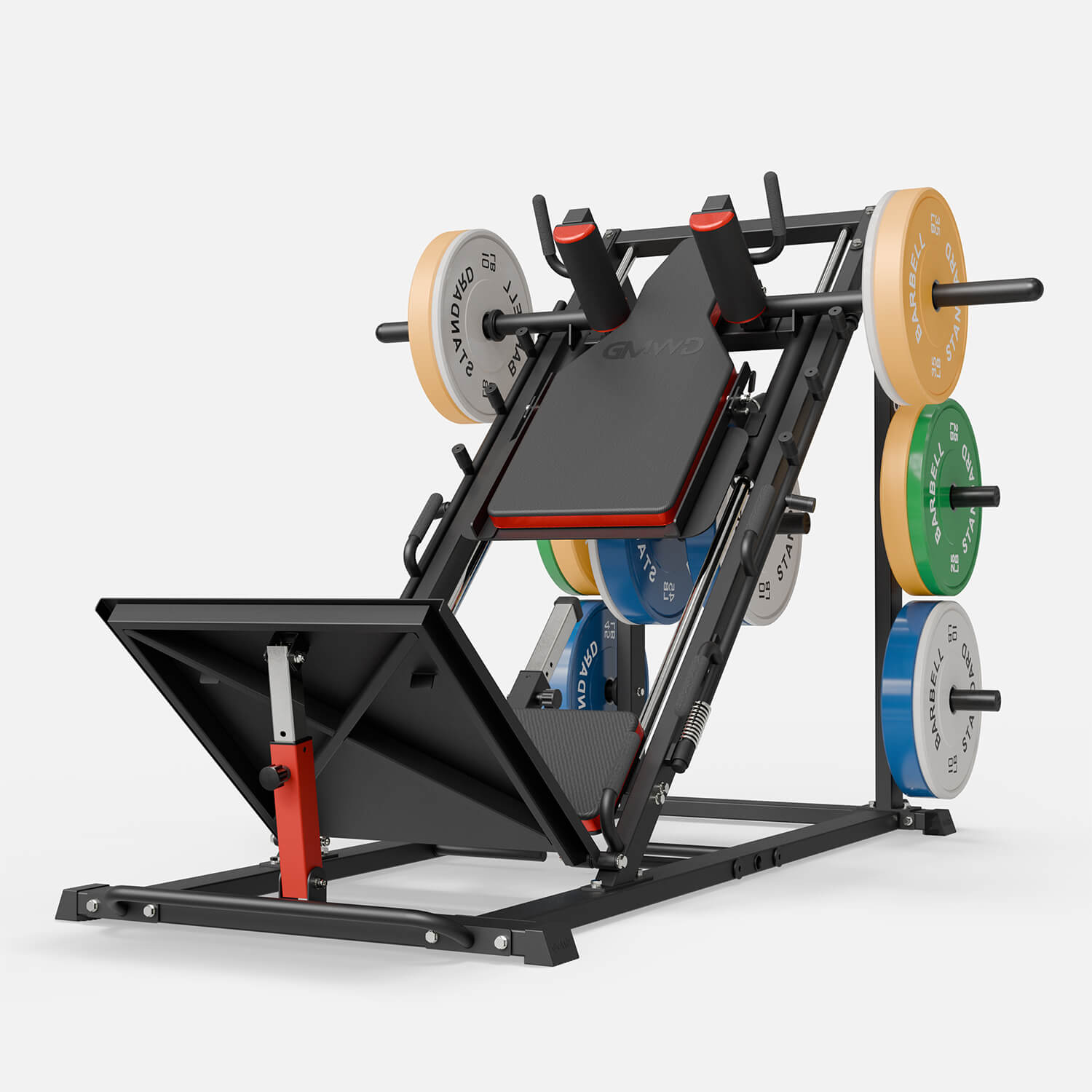


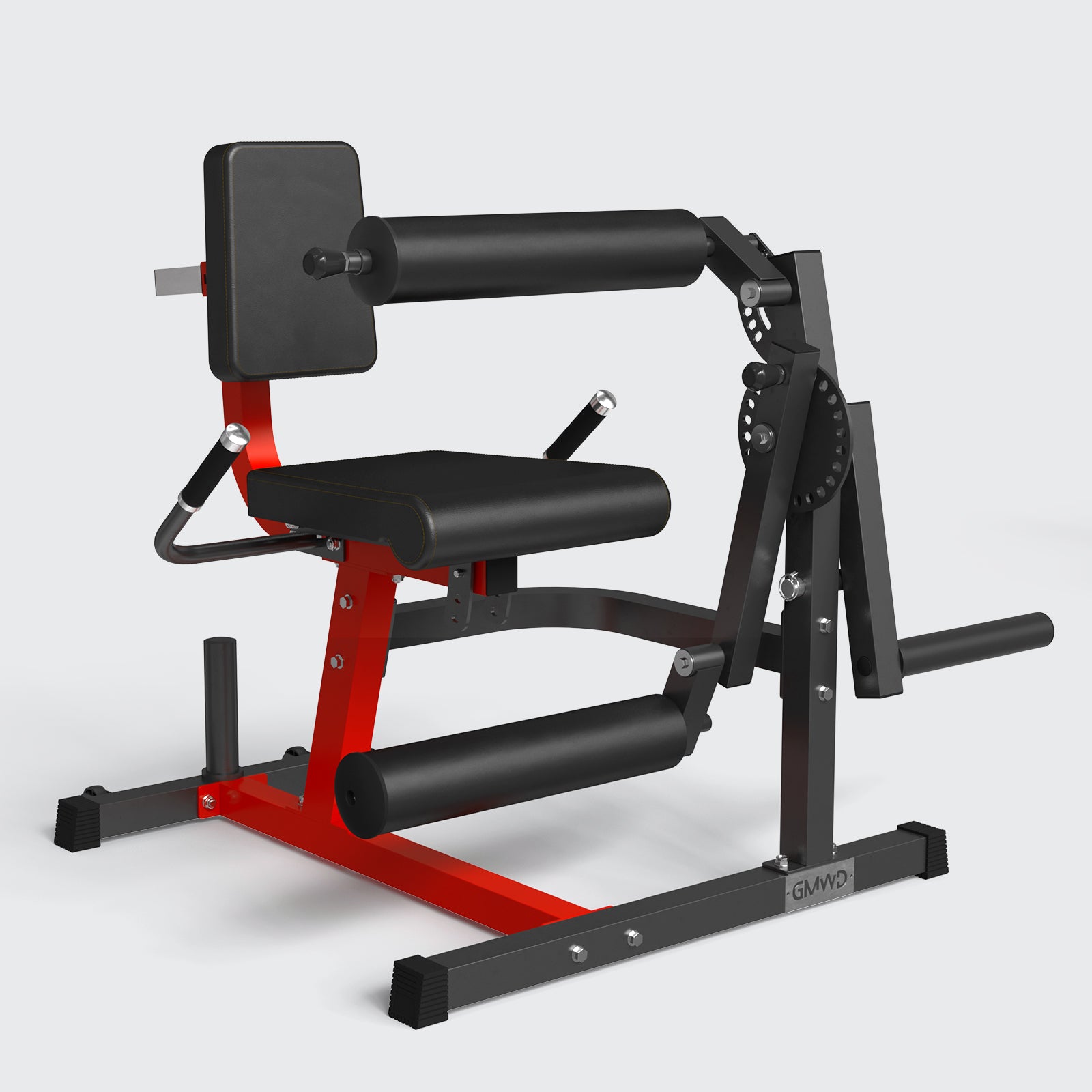
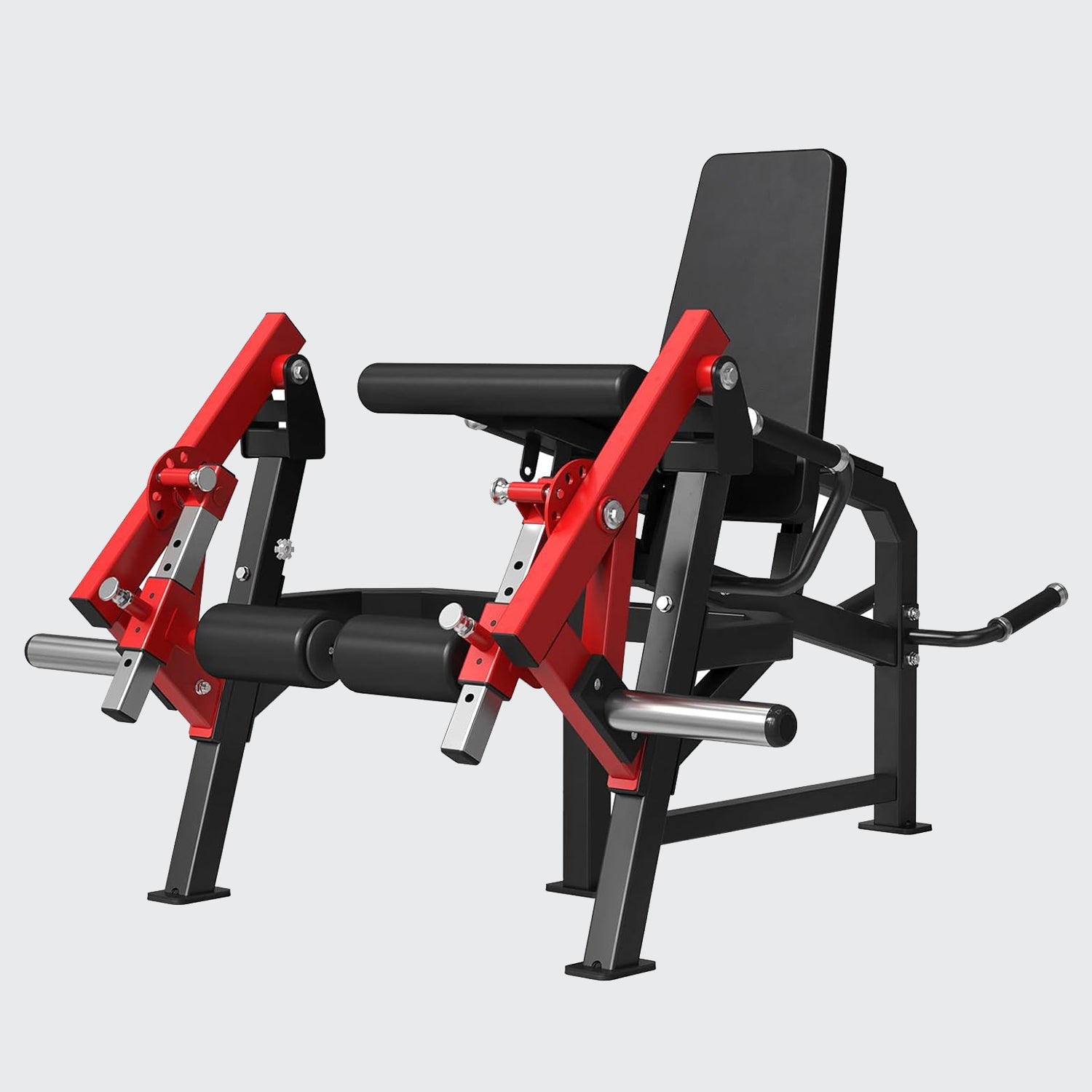
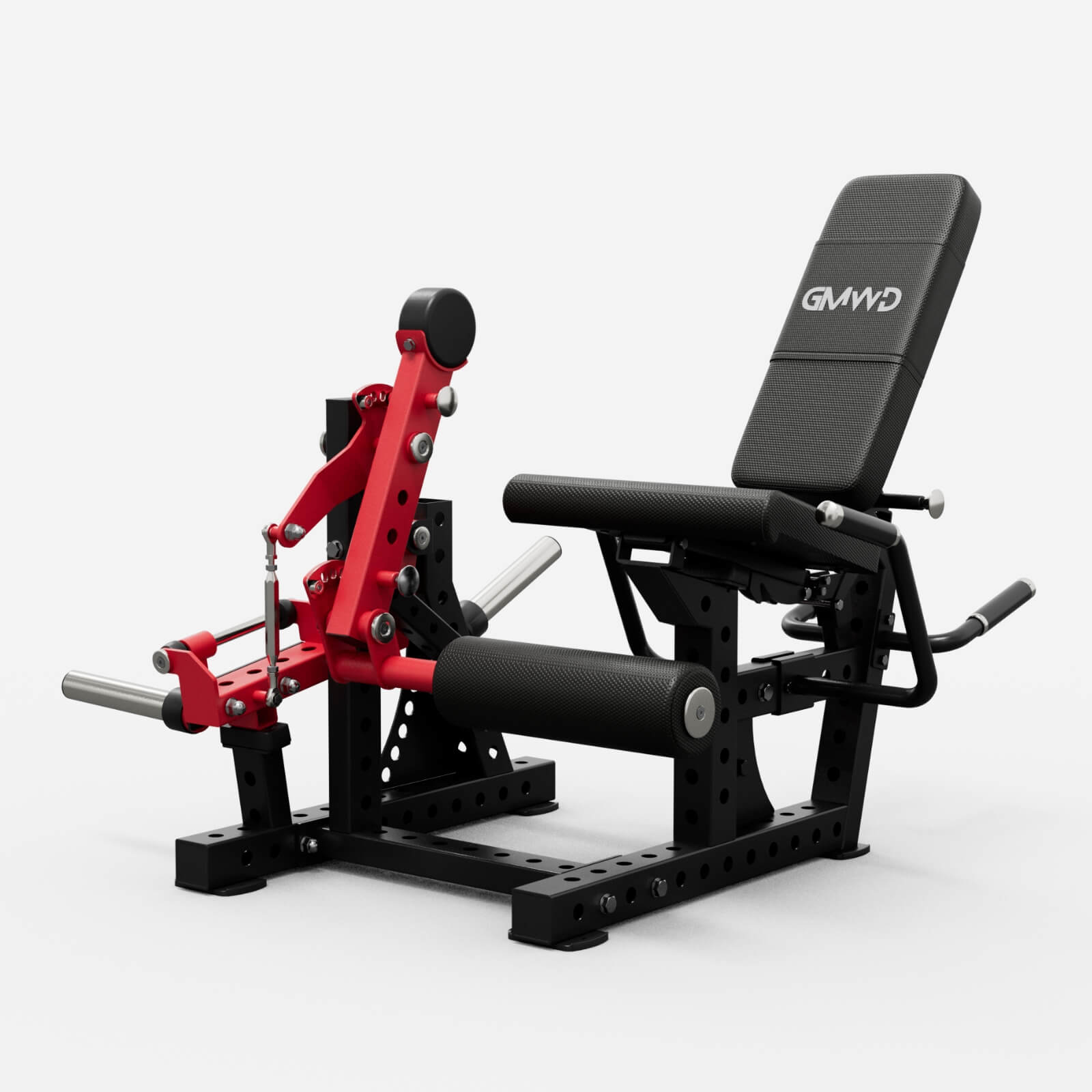
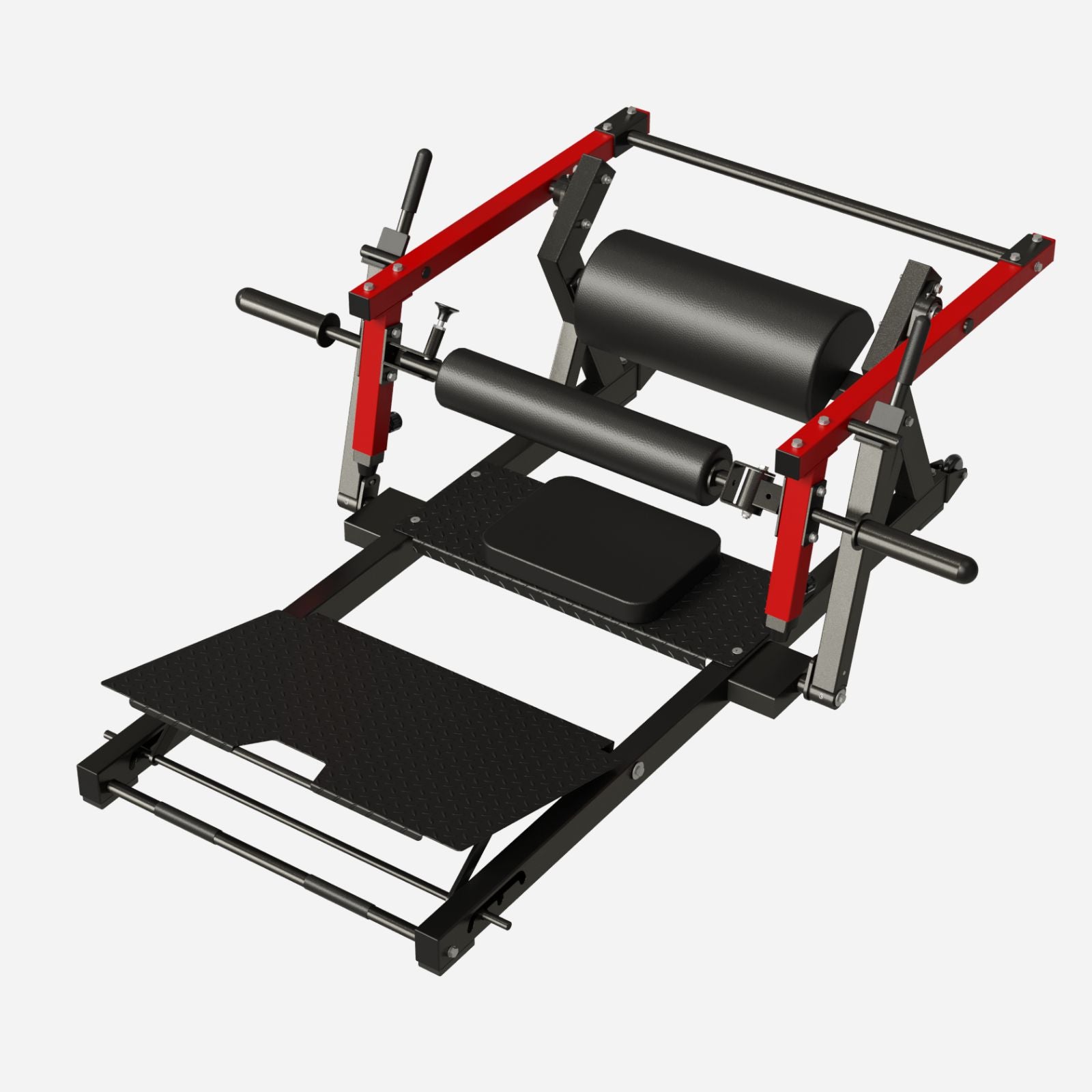
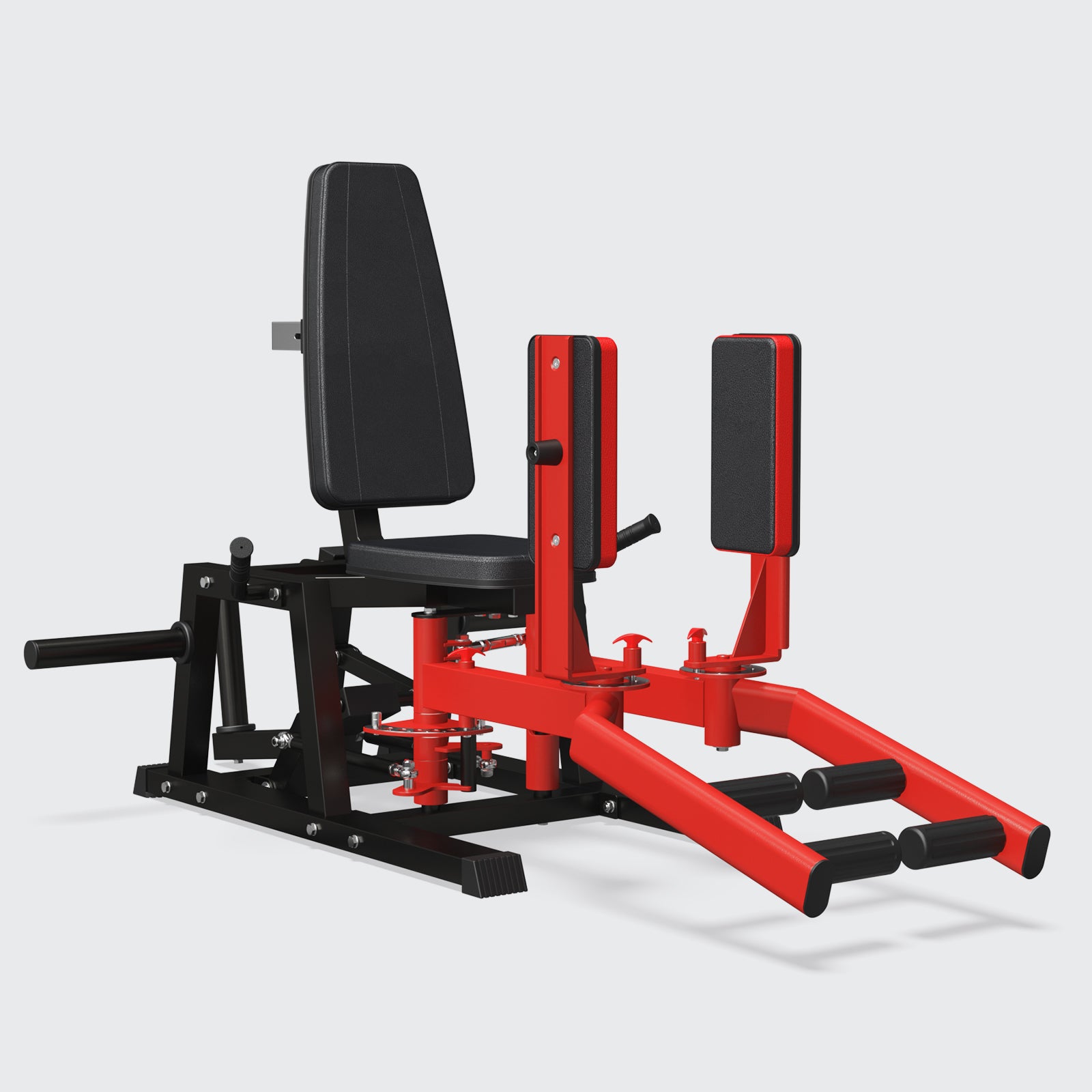


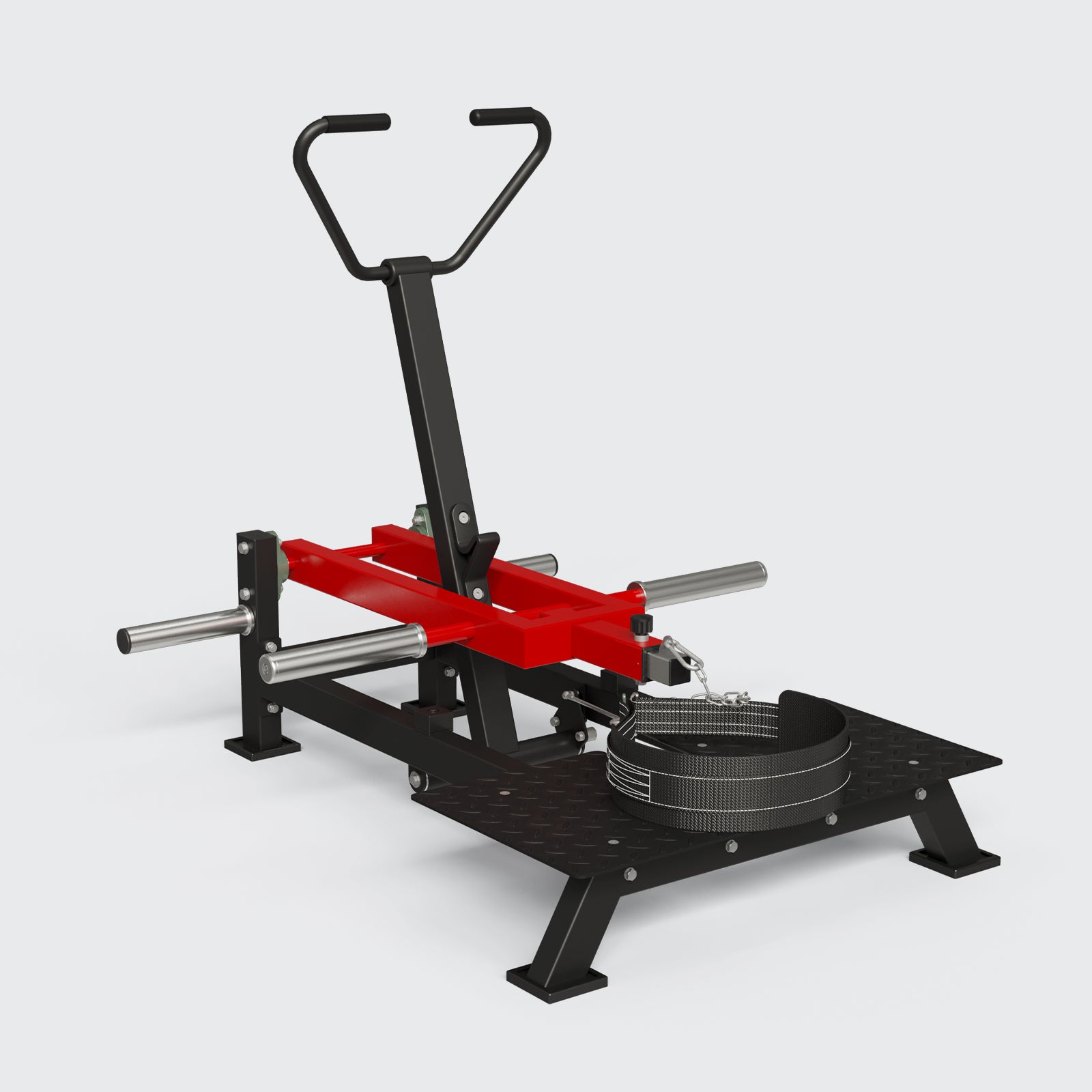
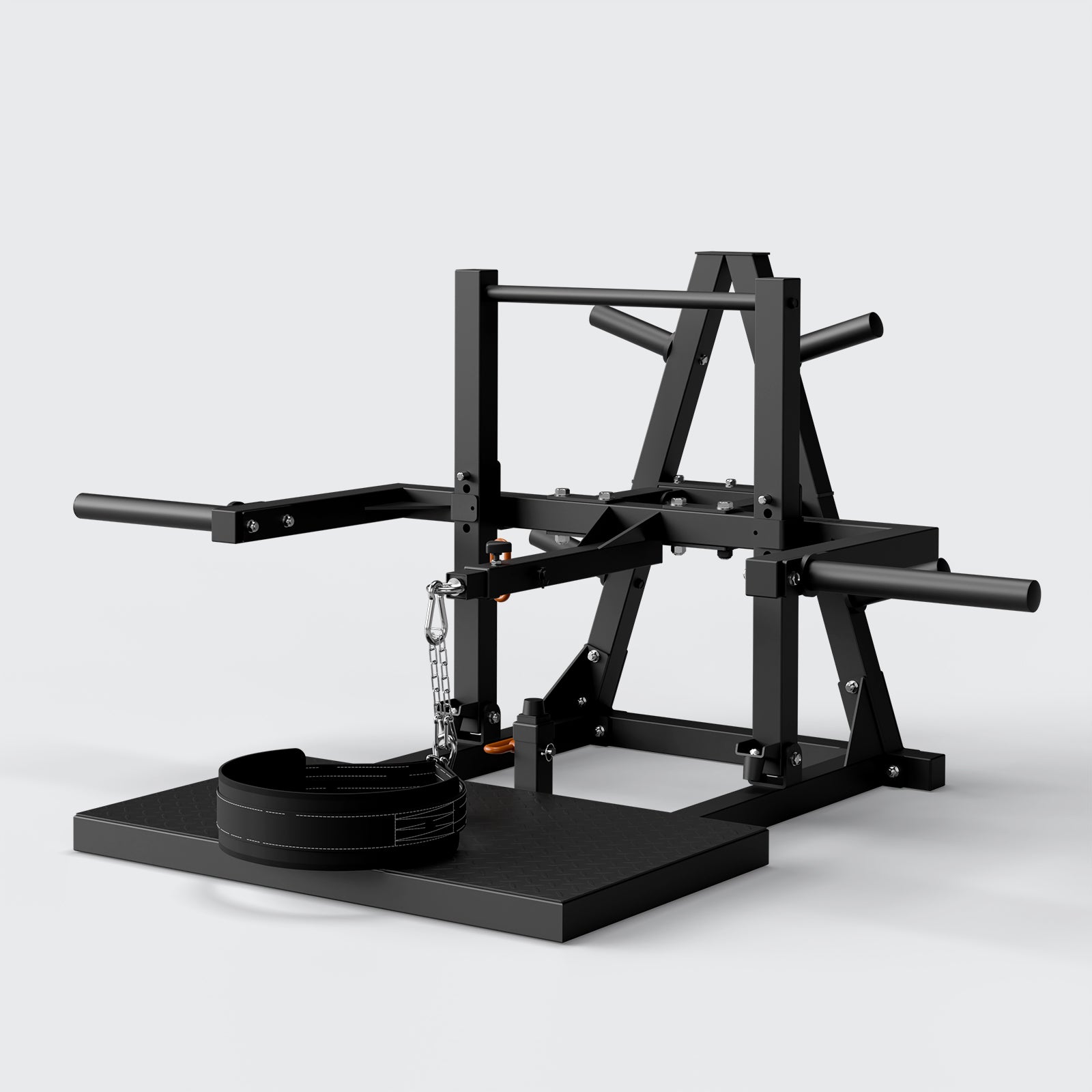

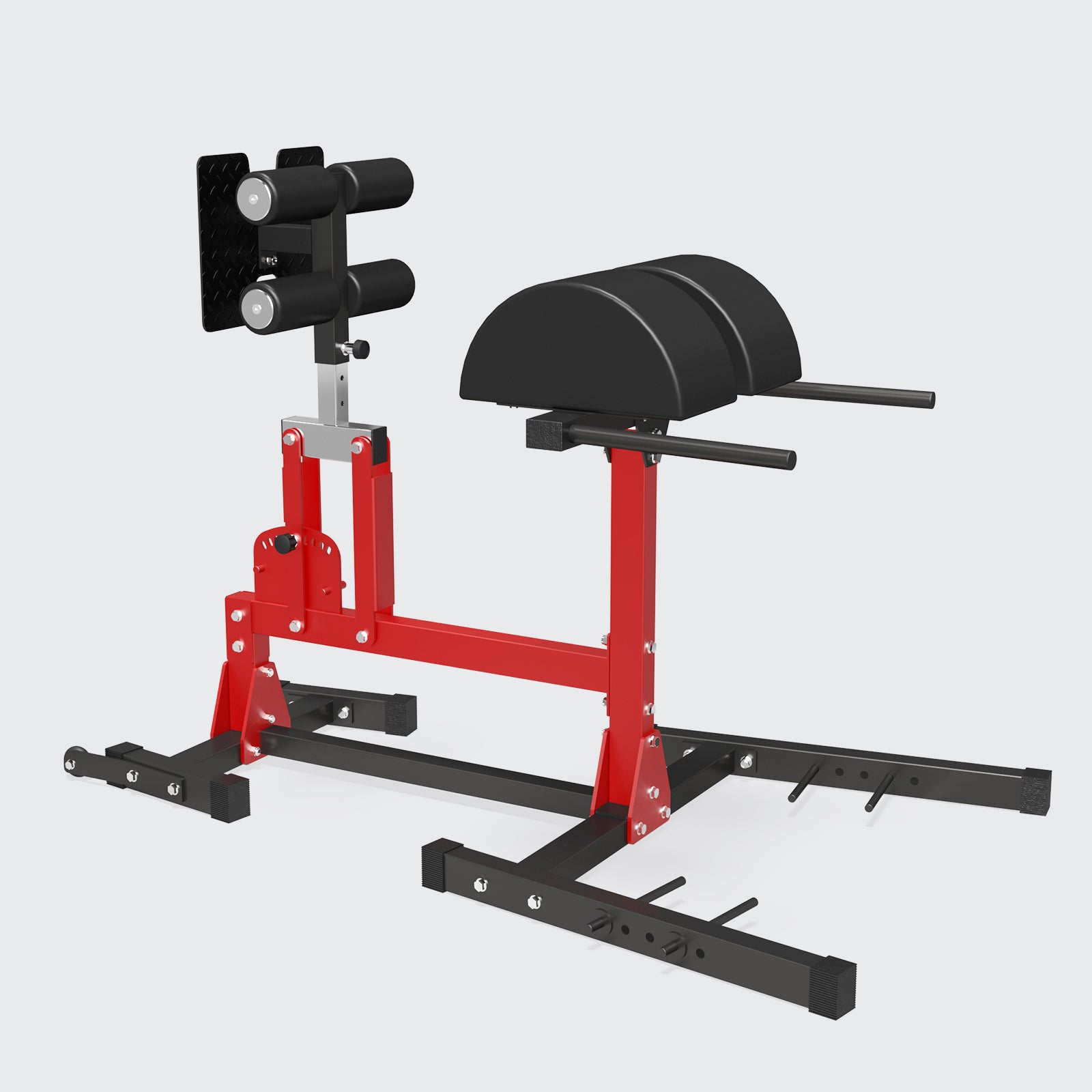

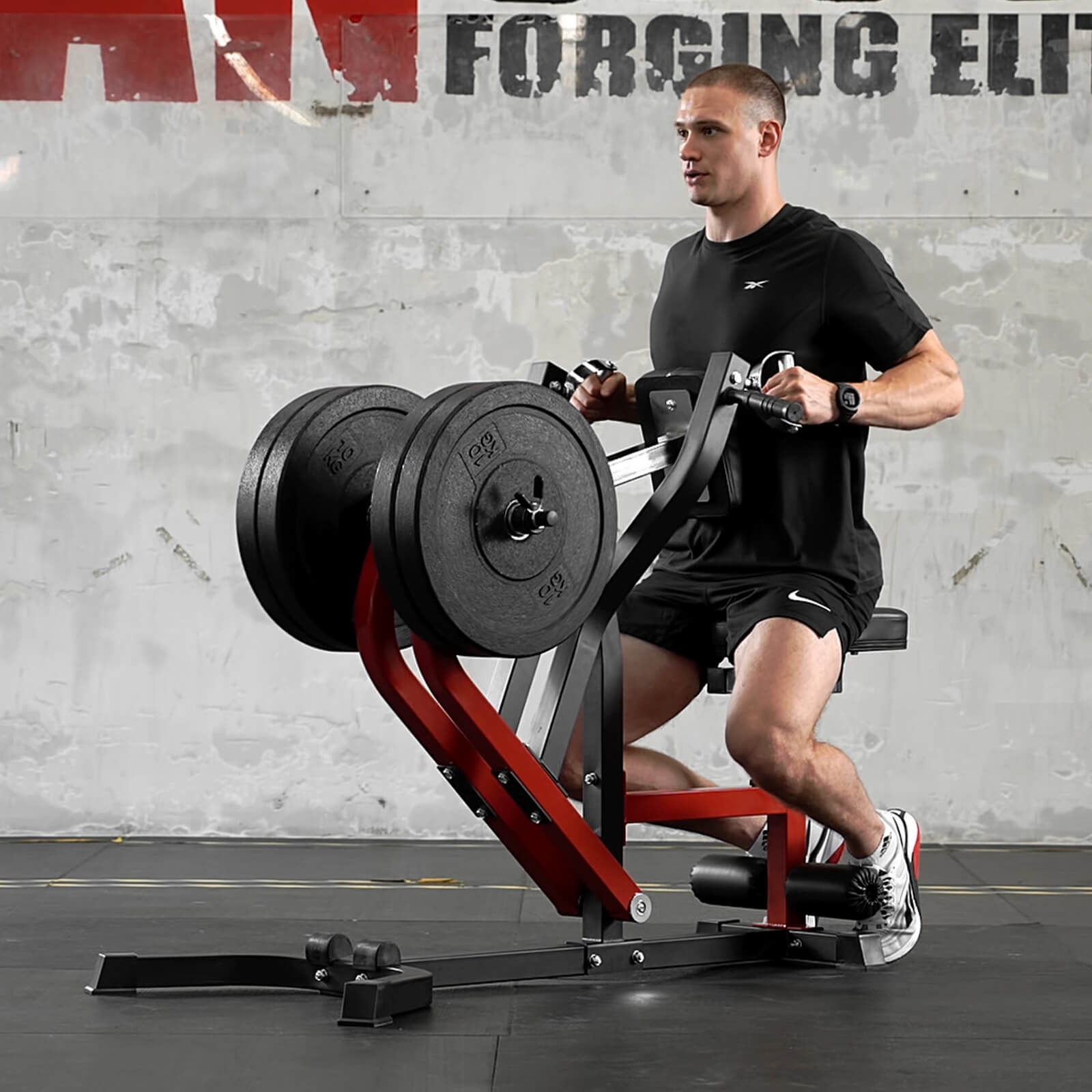
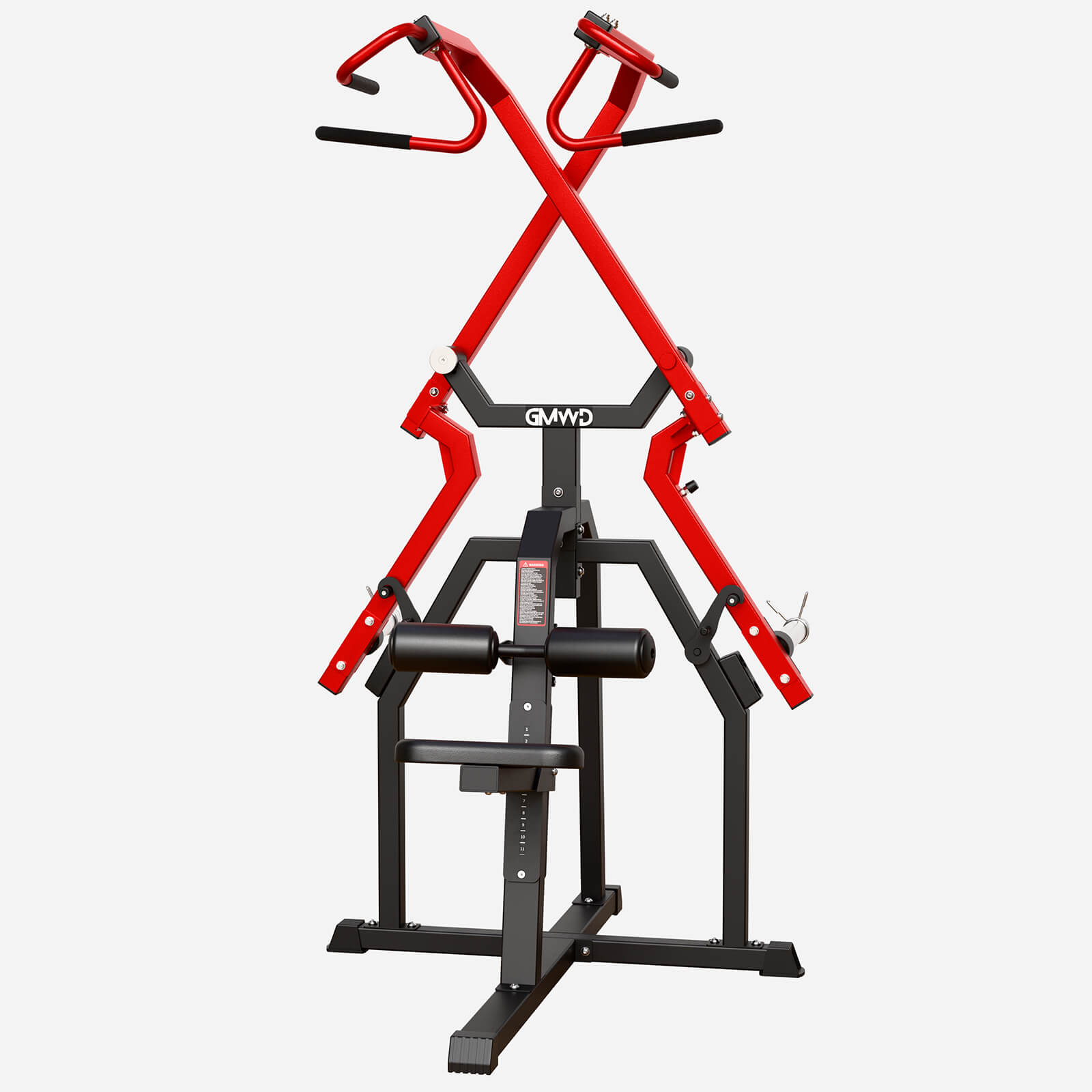
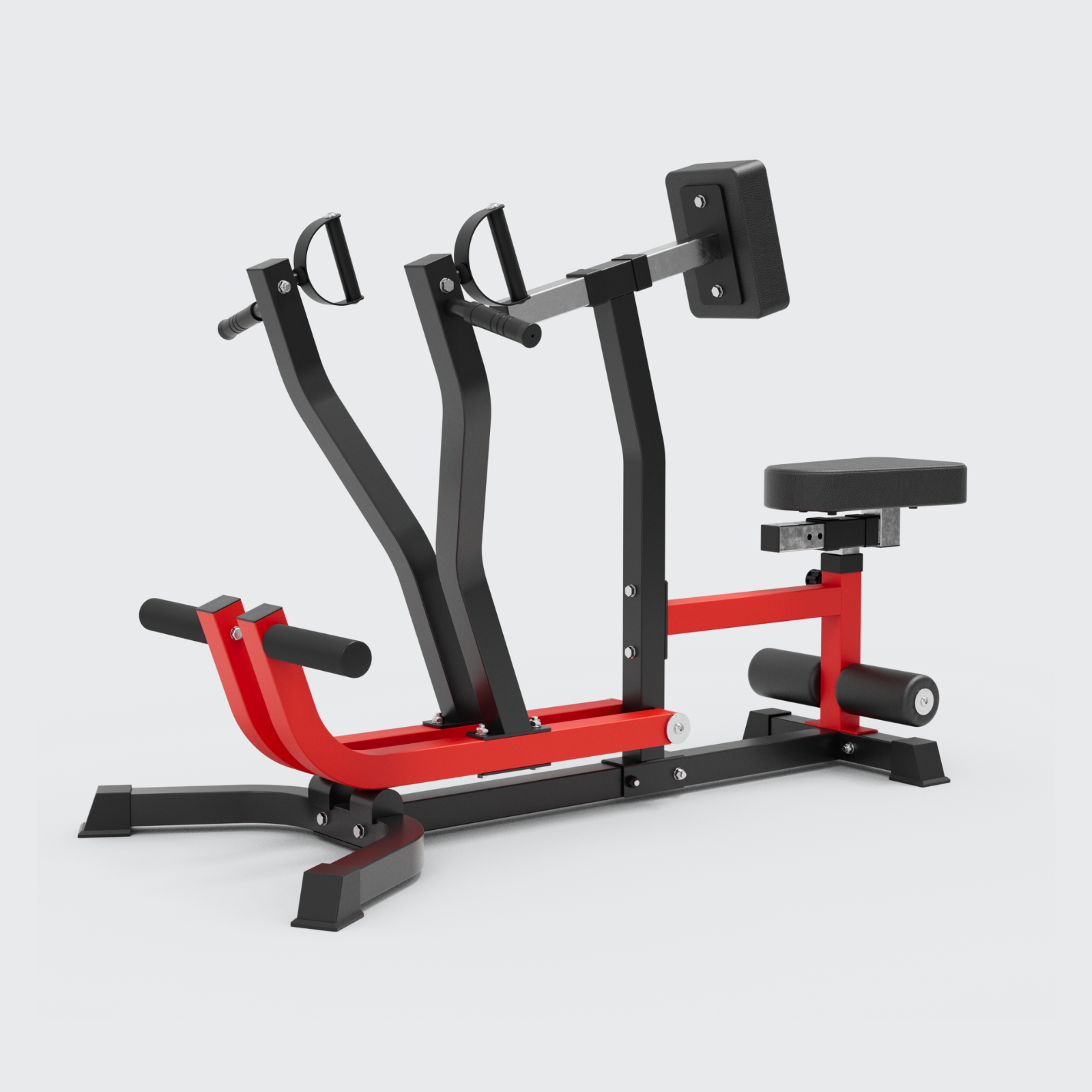
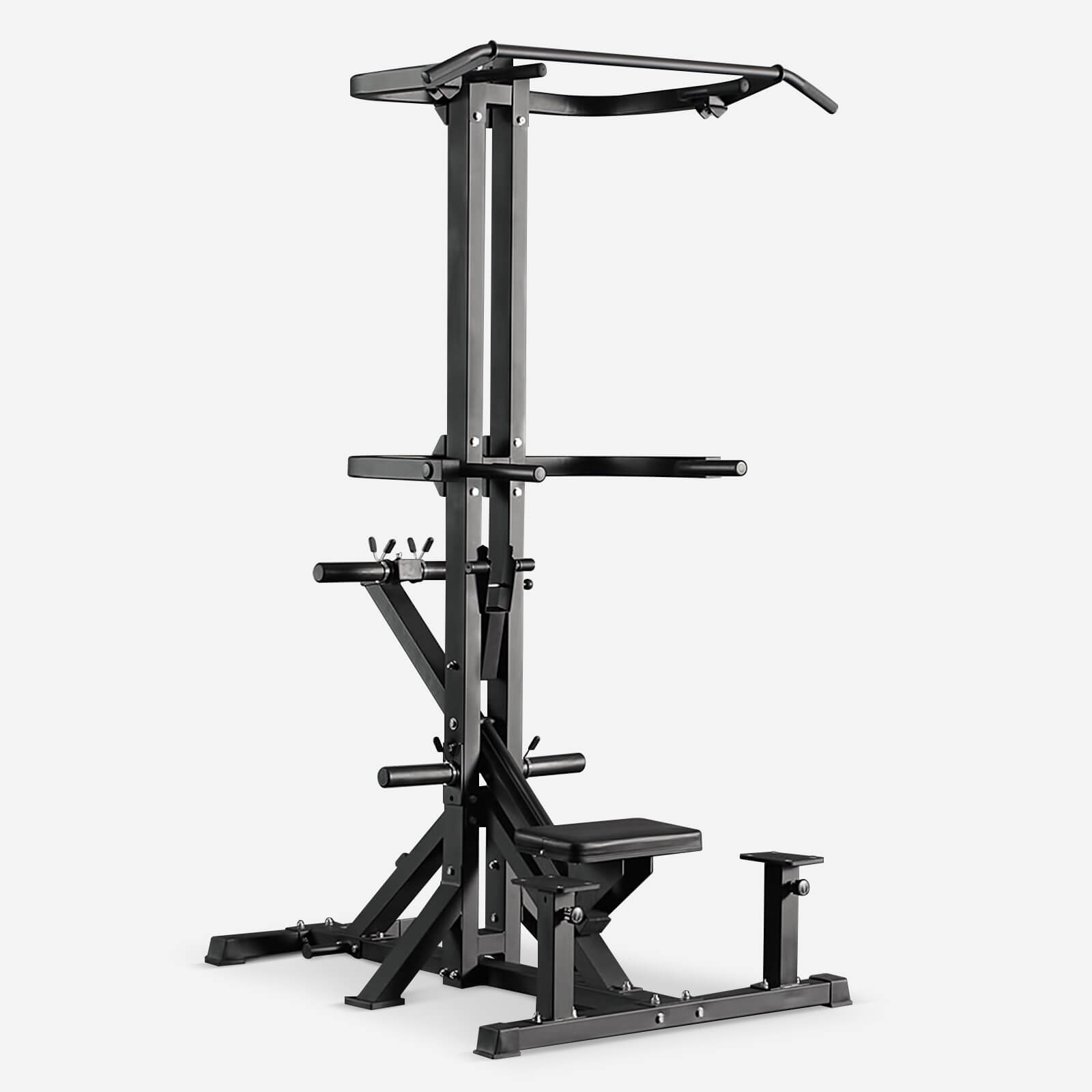


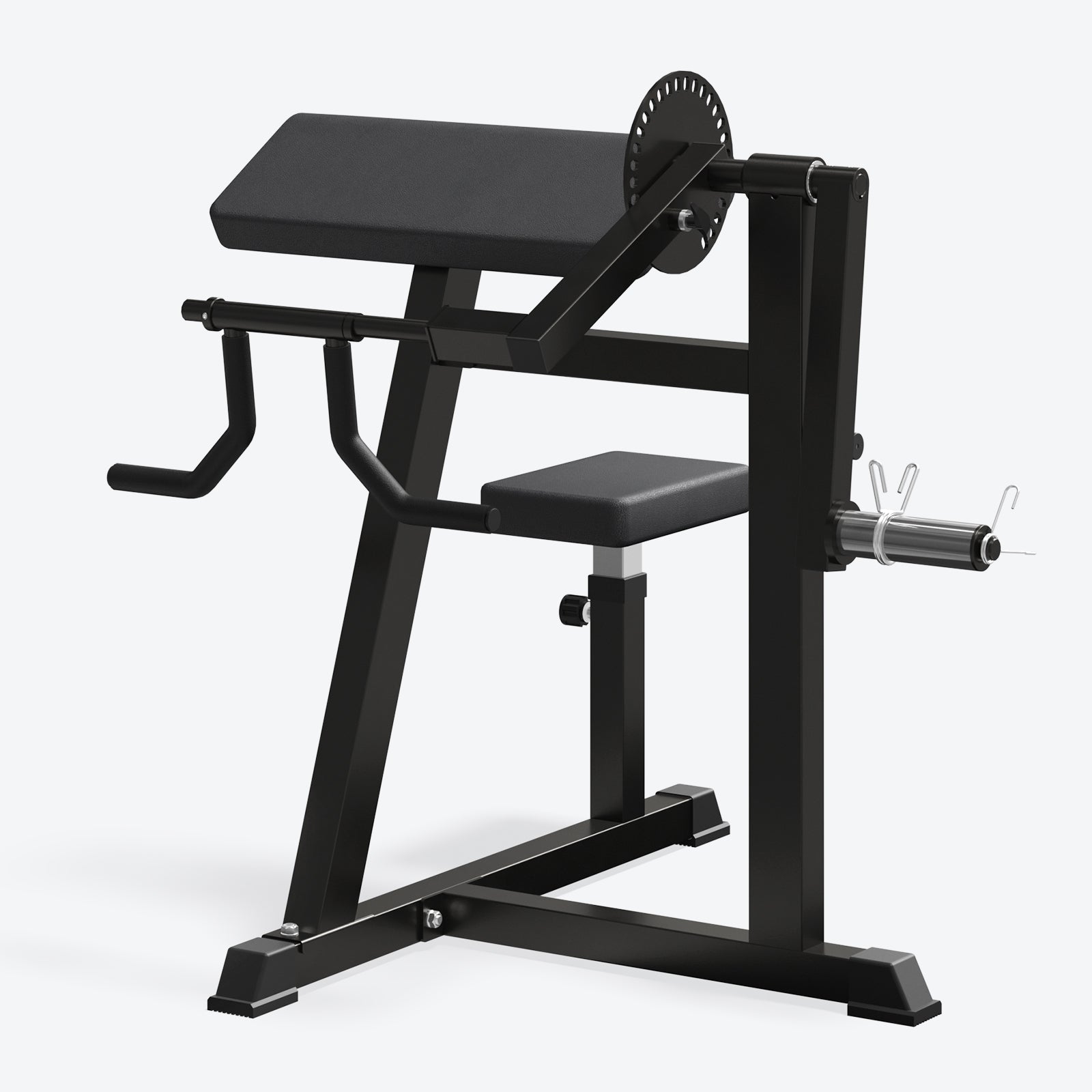
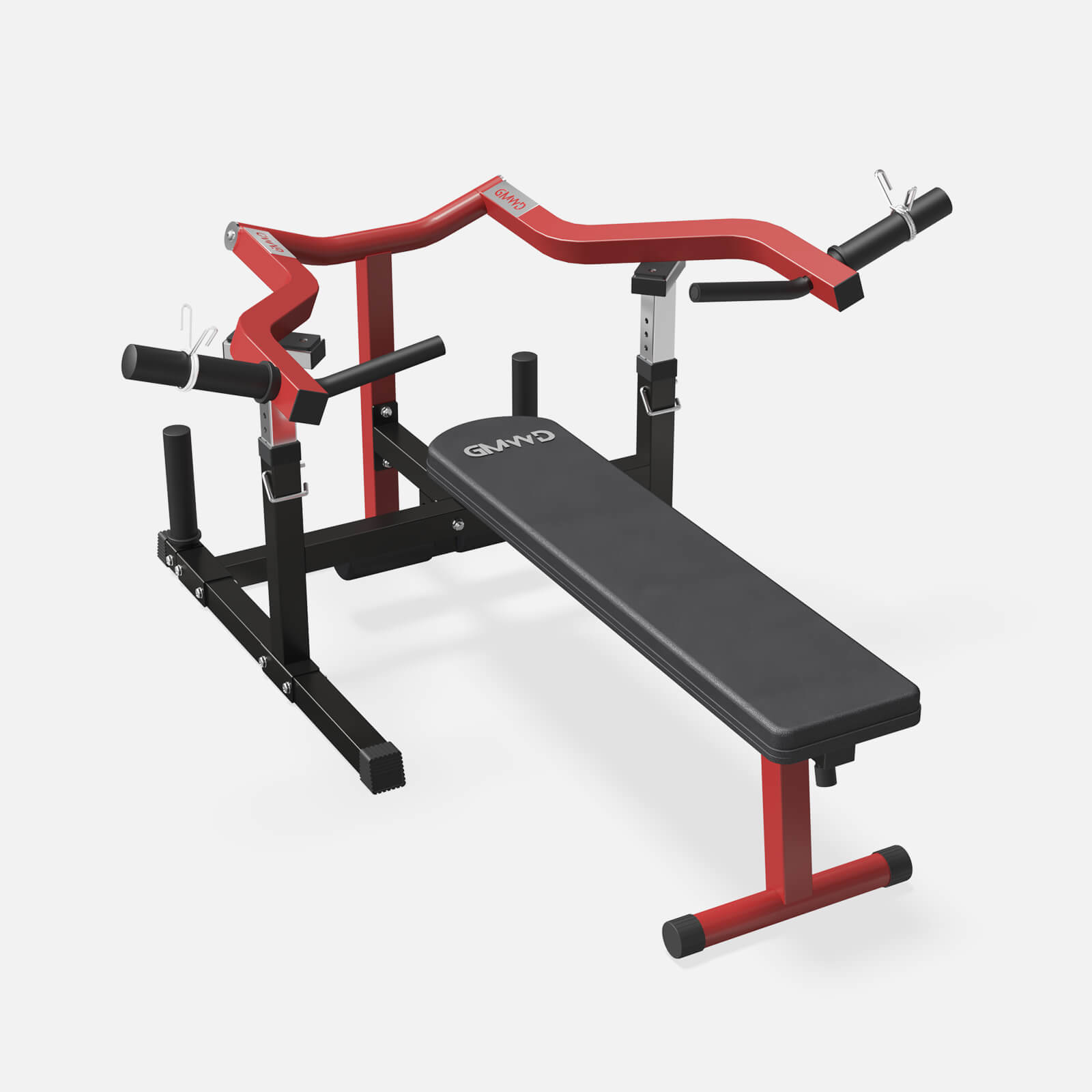

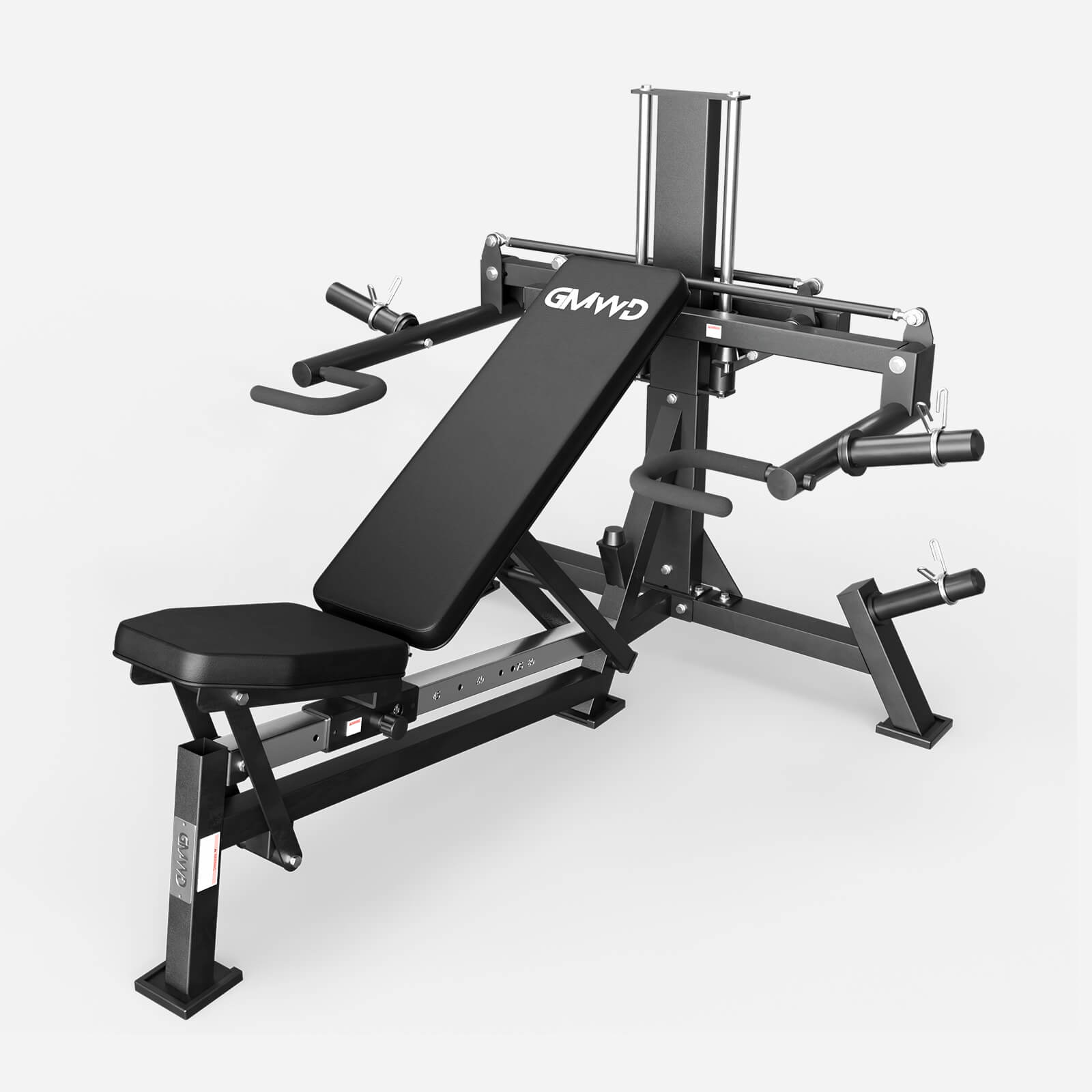
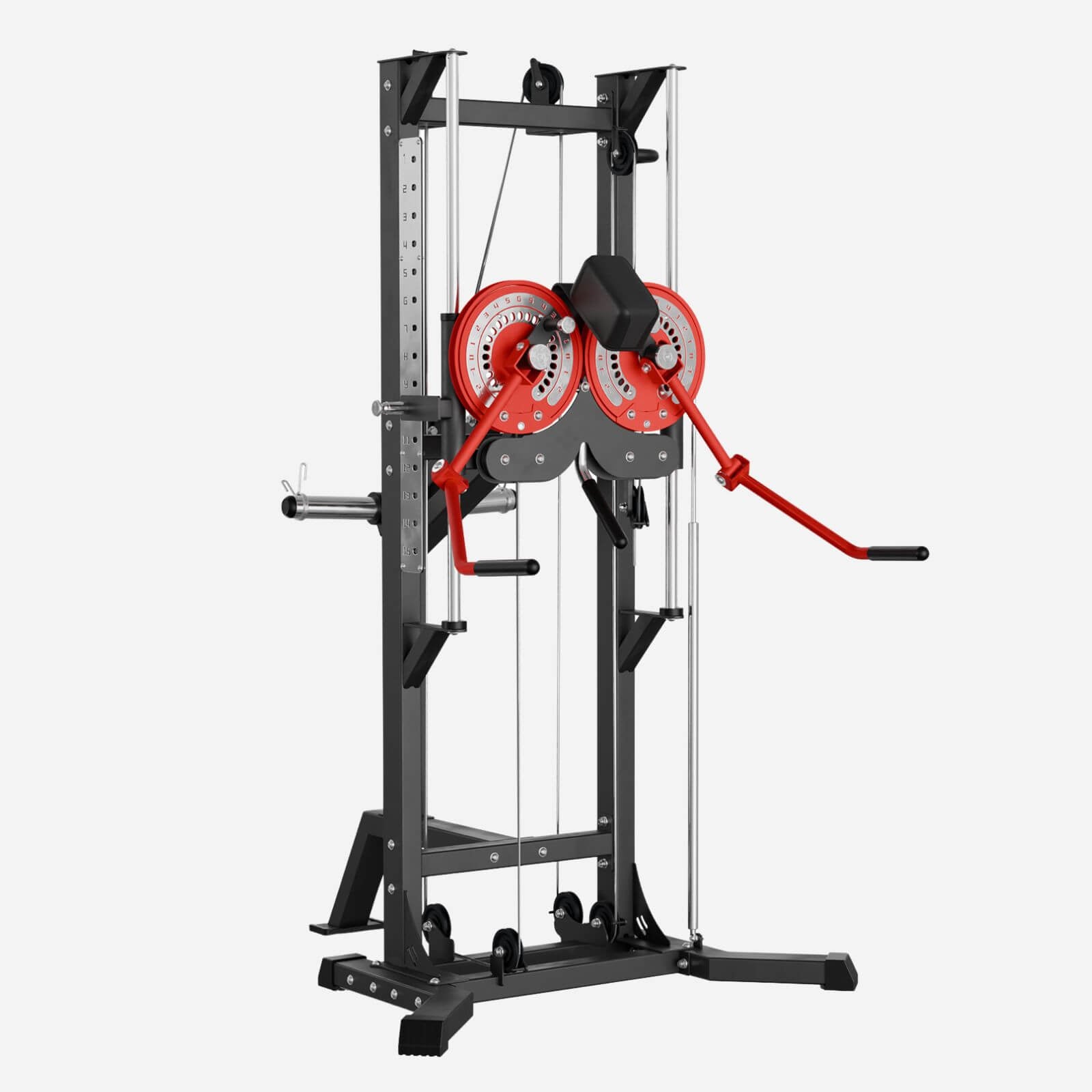

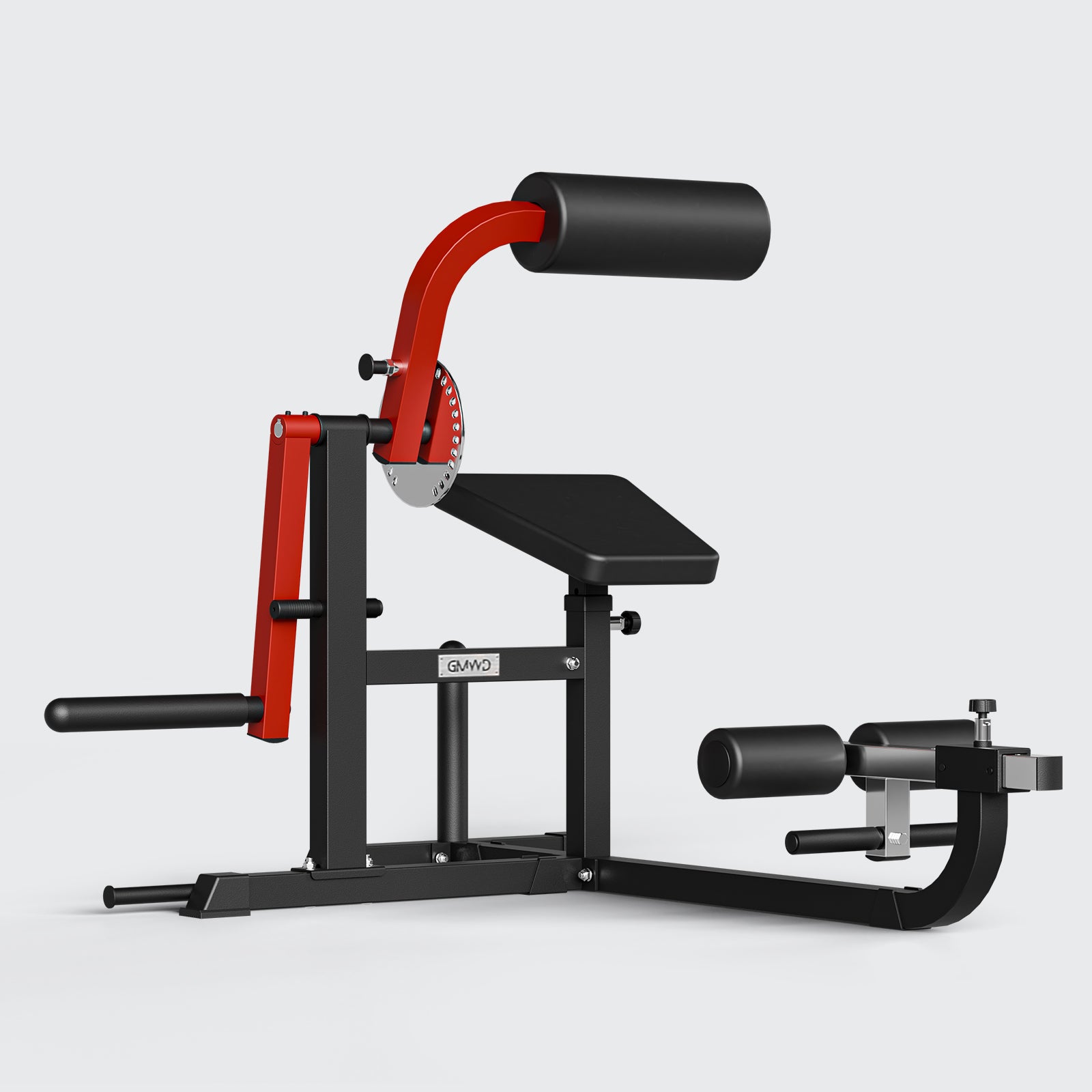
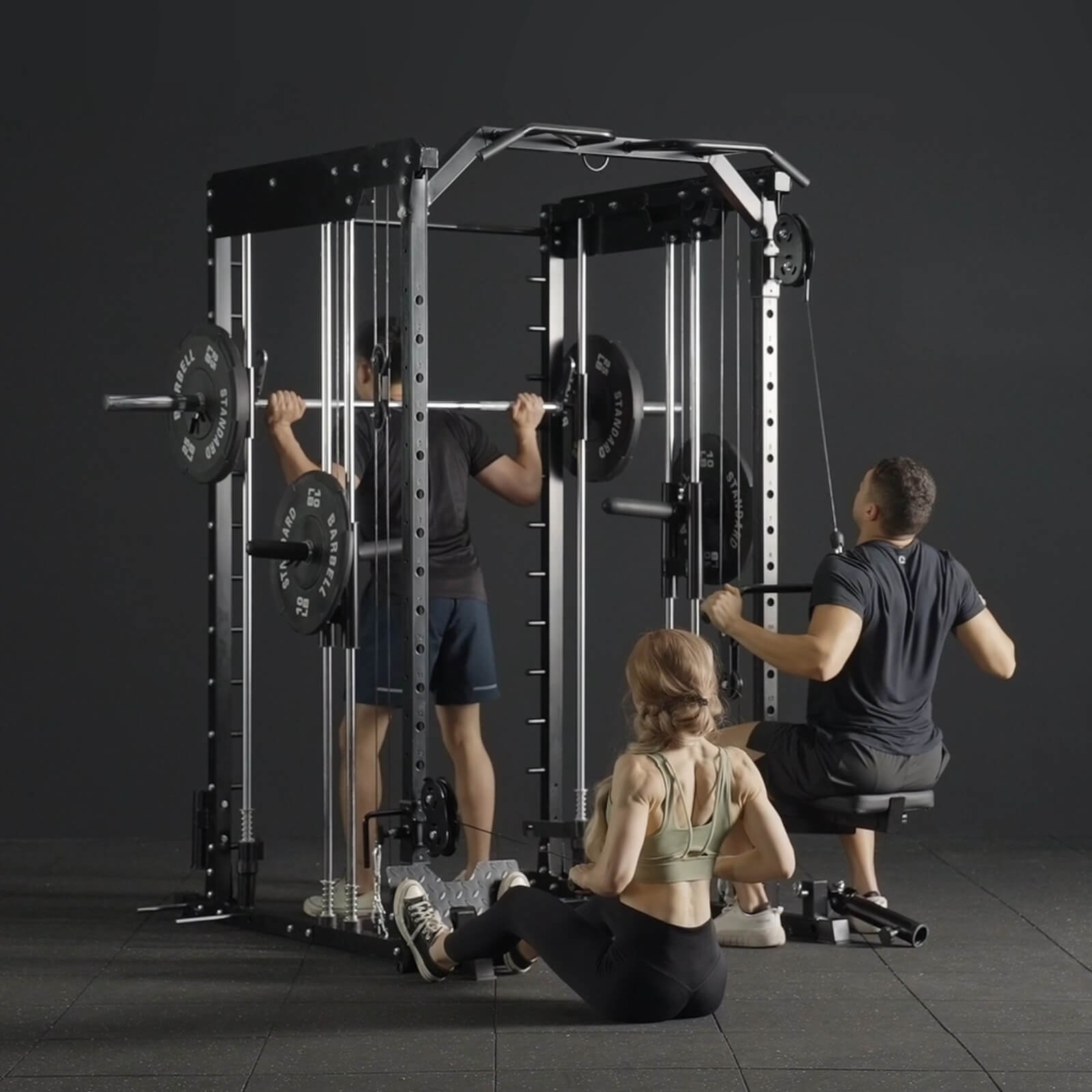
Leave a comment
All comments are moderated before being published.
This site is protected by hCaptcha and the hCaptcha Privacy Policy and Terms of Service apply.